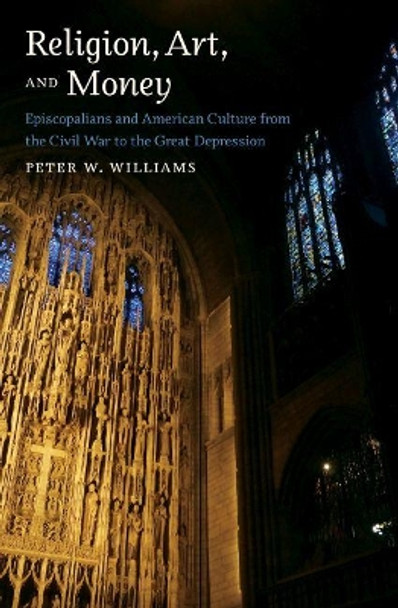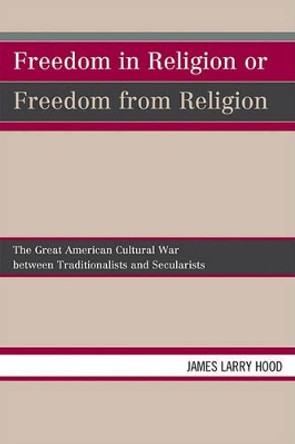Description
Williams traces how the church helped transmit a European-inflected artistic patronage that was adapted to the American scene by clergy and laity intent upon providing moral and aesthetic leadership for a society in flux. Episcopalian influence is most visible today in the churches, cathedrals, and elite boarding schools that stand in many cities and other locations, but Episcopalians also provided major support to the formation of stellar art collections, the performing arts, and the Arts and Crafts movement. Williams argues that Episcopalians thus helped smooth the way for acceptance of materiality in religious culture in a previously iconoclastic, Puritan-influenced society.
About the Author
Peter W. Williams, University Distinguished Professor Emeritus of Comparative Religion and American Studies at Miami University, is the author or coeditor of several books, including The Encyclopedia of Religion in America.
Reviews
A fine study of the role of the American Episcopal Church between the Civil War and the Great Depression. . . . A telling reminder that there is no single narrative of American Christian engagement with American politics and culture. Recommended." - Choice
"{A} thorough reflection on the interaction of the spiritual and the material in American religious history." - Fides et Historia
"In a study both pioneering and fascinating, Peter W. Williams offers a cultural history linking wealth, status, and power to the aesthetic revolution that began during America's Gilded Age." - Anglican and Episcopalian History
"Penetrating and insightful . . . provides prescient forecasts and constructive musings on the future of the Episcopal Church." - Publishers Weekly
Book Information
ISBN 9781469654713
Author Peter W. Williams
Format Paperback
Page Count 296
Imprint The University of North Carolina Press
Publisher The University of North Carolina Press
Weight(grams) 430g








